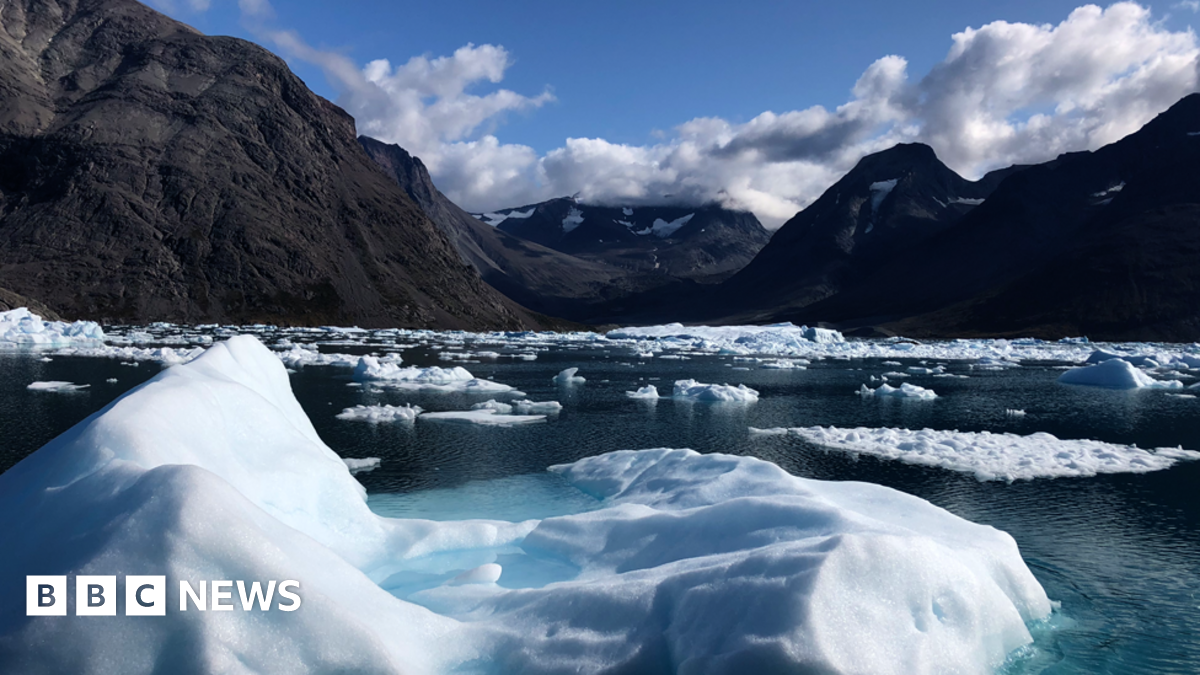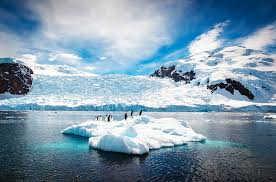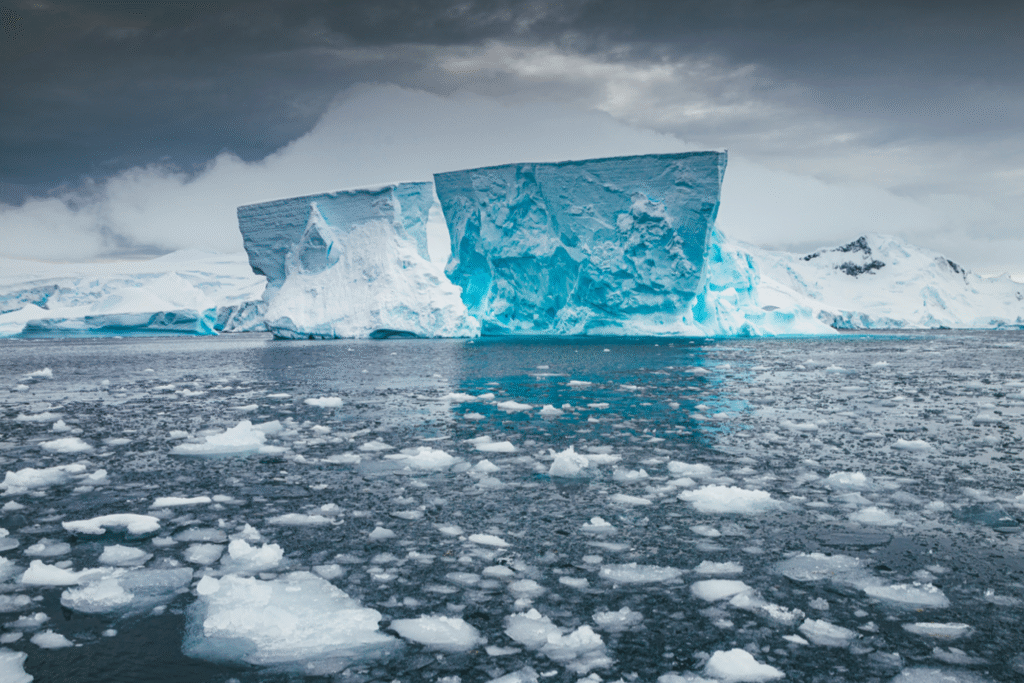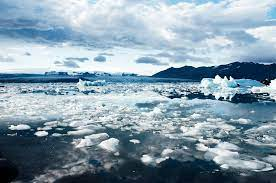Now Reading: Changing Ice Caps Could Rewrite Weather Patterns Worldwide 2025
-
01
Changing Ice Caps Could Rewrite Weather Patterns Worldwide 2025
Changing Ice Caps Could Rewrite Weather Patterns Worldwide 2025

Table of Contents
When you think of weather, you might picture clouds, rain, or sunshine. But far away, in the world’s frozen regions, something even more powerful is at play: the massive ice caps. These enormous sheets of ice, found mainly in Antarctica and Greenland, are more than just piles of frozen water. They help control the Earth’s climate and weather in ways that scientists are still trying to fully understand.
Today, let’s explore in simple language how ice caps affect weather — and why their changes could mean storms, droughts, and heat waves for the rest of us.
What Are Ice Caps?

Ice caps are huge areas of thick ice that cover land near the poles. The largest are in Antarctica and Greenland, holding about 99% of the world’s fresh water frozen in ice. These caps are built up over thousands of years as layers of snow are pressed into ice.
They might seem far away, but these frozen giants are directly linked to our everyday weather.
How Do Ice Caps Shape Weather?
1. Controlling Temperatures
Ice caps act like a giant mirror. Their white, shiny surface reflects sunlight back into space. This keeps the polar regions — and the Earth — cooler. If ice caps shrink, more sunlight is absorbed by darker ocean or land underneath, warming things up.
This warming does not stay only in the Arctic or Antarctic. It changes the temperature balance of the entire planet, shifting weather patterns thousands of kilometers away.
2. Guiding Ocean Currents
Ice caps also affect the movement of ocean currents. When ice melts, it sends huge amounts of fresh water into the ocean. This fresh water can slow down or even stop powerful ocean currents, like the Gulf Stream.
These currents are like a global conveyor belt, moving warm water from the tropics to colder regions and sending cold water back south. If they weaken, regions that depend on those currents for mild weather — like parts of Europe — could get much colder, while other places could get hotter.
3. Changing Air Circulation

Weather is driven by how air moves across the planet. Ice caps help keep a strong temperature difference between the poles and the equator. That difference powers the jet stream, a fast-moving river of air high in the atmosphere.
If ice caps melt and the poles warm up, the jet stream can slow down or change its path. That can lead to stuck weather patterns, causing long-lasting storms, floods, droughts, or heat waves in areas that normally see more balanced conditions.
What Happens When Ice Caps Shrink?
In recent years, scientists have seen record-breaking melting of ice caps. As the climate warms, these ice sheets are losing mass faster than ever before.
Here’s why that matters for weather:
Stronger heat waves: Less ice means less cooling, which can make heat waves worse and longer.
Intense rain and storms: A slower or “wavy” jet stream can let storms stay in one place, causing flooding.
Severe droughts: Areas stuck in dry weather because of jet stream shifts can face long droughts.
Sea level rise: Melting ice adds water to the oceans, raising sea levels and making coastal flooding from storms more damaging.
Real Examples of Ice Cap Influence
- In 2021, Europe experienced terrible floods partly due to a weak jet stream connected to Arctic warming.
- In North America, scientists have linked cold “polar vortex” outbreaks to melting ice caps changing the movement of the jet stream.
- Extreme heat in India and Pakistan has also been tied to shifting air circulation patterns that trace back to polar ice loss.
In other words, what happens at the poles does not stay at the poles.
Why Should We Care?
Some people think ice caps are too far away to worry about. But the truth is, their condition can decide whether your city faces record-breaking heat, strong hurricanes, or bitter cold spells.
As ice caps melt, weather around the world becomes more unpredictable. Farmers may struggle to grow crops. Cities may have to plan for bigger floods or wildfires. Power companies might see higher demand for cooling during longer heat waves.
In short, ice caps help keep Earth’s weather stable — and their health matters to every single one of us.
What Can Be Done?

The future of ice caps depends on what we do today. Experts agree that cutting greenhouse gases, like carbon dioxide, is the number one way to slow ice cap melting. Switching to cleaner energy, driving less, and protecting forests can all help.
Some scientists are also exploring geoengineering — ways to reflect more sunlight or directly remove carbon from the air — but these are not simple solutions and carry their own risks.
The Bottom Line
Ice caps are not just frozen wastelands. They are a critical part of Earth’s climate system, acting like a thermostat that keeps temperatures and weather patterns balanced.
If these icy giants melt away, we will see more intense and unpredictable weather, from killer heat waves to deadly floods. That is why scientists are sounding the alarm to protect them before it is too late.
So the next time you hear about melting ice in Greenland or Antarctica, remember: it could be shaping your weather forecast tomorrow.
Read More:- Shobha Realty Launches Its Most Luxurious Project Yet—Full Details Inside 2025






















